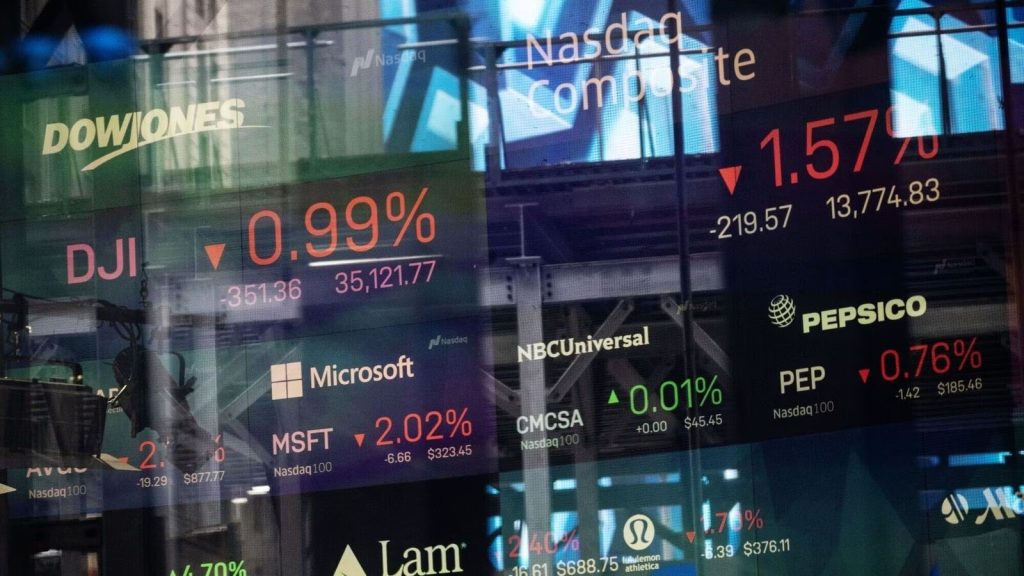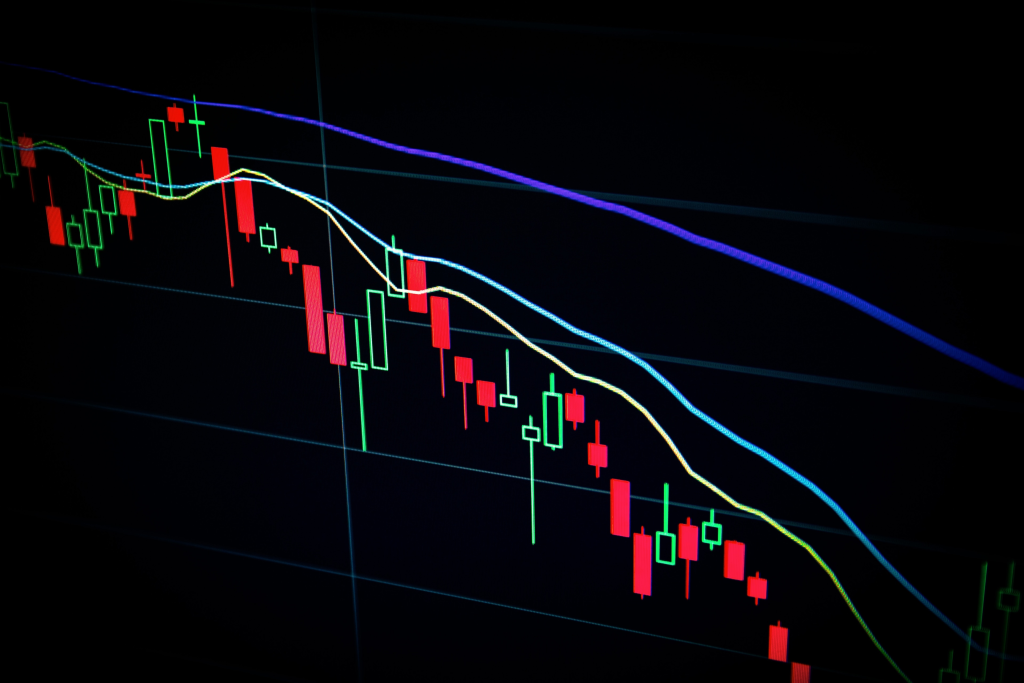(Reuters) – Global markets were calmer on Friday as bonds steadied ahead of U.S. payrolls data that investors hope will show a moderation in jobs growth and give the Federal Reserve little ammunition to raise interest rates again.
U.S. stock futures were about 0.25% firmer ahead of the jobs figures due at 1230 GMT.
The dollar, slightly firmer, was heading for a 12-week winning streak after hitting its best level in about 11 months earlier in the week. The euro, meanwhile, was heading for a record 12th week of declines against the dollar.
After talk of oil hitting $100 a barrel, crude was up 0.4% at $84.41, thought still facing its steepest weekly decline since March, as markets worried that higher for longer rates would crimp global economic growth and hit fuel demand.
News that Russia’s government was lifting a ban on pipeline diesel exports via ports also dampened oil prices.
Ten-year U.S. Treasury yields were steady at 4.748% after climbing 55 basis points in a five-week-long selloff that has dragged prices for Treasuries to 17-year lows, and capped the appetite for risk-taking worldwide.
Euro zone bond yields edged higher, while the closely-watched gap between German and Italian borrowing costs – an indicator of stress in Italian finances – hit its highest since March.
Global bond funds posted massive weekly outflows.
Although the MSCI All-Country stock index was 0.2% higher, it has lost about 8% since its July peak, leaving it about 7% ahead for the year.
In Europe, the STOXX 600 index rose 0.6%, up for a second straight session, but still on course for its third consecutive week of losses after hitting a six-month low this week, slashing its gains for the year to 4%.
Analysts said U.S. jobs growth is likely to have slowed moderately in September while unemployment probably retreated from a 1-1/2-year high, underscoring the economy’s underlying strength amid rising headwinds as the year winds down.
“Today’s U.S. labour market release will shape the near future, as market responsiveness this week shows the importance of every single piece of data related to employment,” UniCredit bank analysts said.
Nonfarm payrolls are forecast to increase 170,000 in September, with unemployment seen dipping to 3.7% from 3.8%.
Patrick Spencer, RW Baird vice chair of equities, said the decline in bond prices, accompanied by an increase in the stock market “fear index”, had been historic and due more to worries about high government deficits than expectations of more rate hikes.
“I certainly think it’s overdone. I think you have seen the peak in interest rates. We are talking about the duration, rather than higher rates,” Spencer said.
YEN STEADIER
MSCI’s broadest index of Asia-Pacific shares outside Japan rose 0.85%. Tokyo’s Nikkei was down 0.3%.
Another round of bond selling would probably propel the dollar further along a weekly winning streak that is already its longest ever against the euro. The dollar index is up 12 weeks in a row, equalling a streak that ran from July to October 2014.
The run-up has the euro, at $1.0552, pinned near an 11-month low, and sterling, up 0.12%, not far from a seven-month trough.
The dollar index was steady on Friday at 106.38.
“A push through 107 would provide technical evidence of trend continuation,” said Capital.com analyst Kyle Rodda.
Surprisingly, only the beleaguered yen has shown much of a fight, since a sudden jump in the Japanese currency during London afternoon on Tuesday stoked speculation authorities had intervened.
Japanese money-market data showed no anomalies of a kind that might have accompanied intervention. But the move was eye-catching enough to keep traders on guard.
The yen was last steady at 149.06 per dollar.
Gold was also steady at $1,821 an ounce after nine days of losses driven by rising global bond yields.



